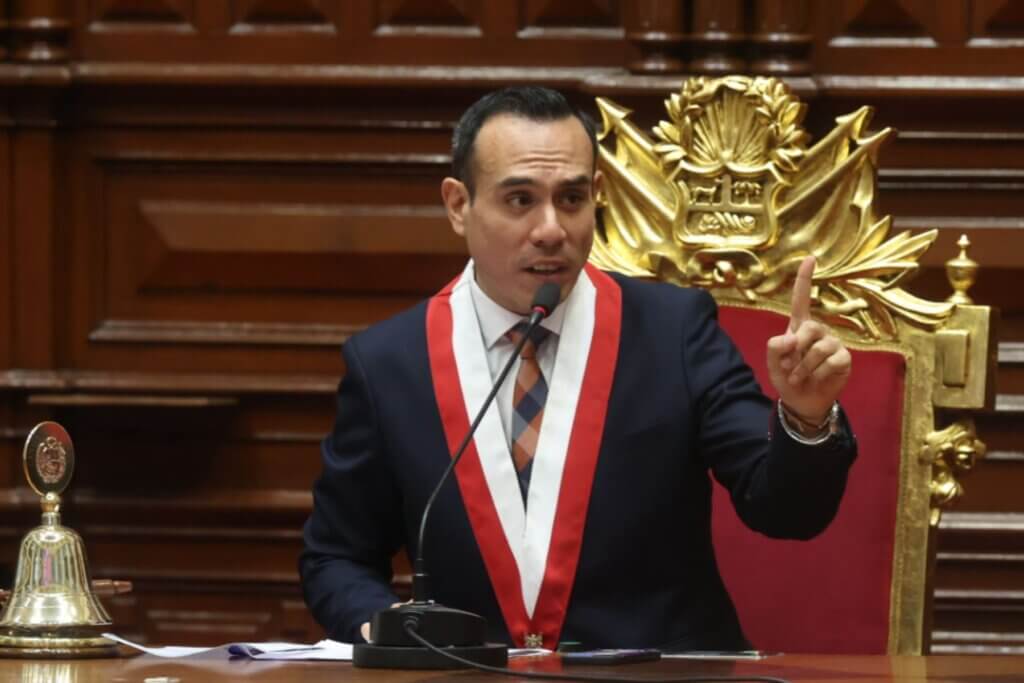Using data from Colombia’s Electoral Observation Mission (MOE), a platform which promotes the freedom to exercise civil and political rights, this graphic illustrates the spread of violence against political candidates and pre-candidates in Colombia during the electoral periods for the 2015 and 2019 local elections.
Since the 1940s, Colombia has been no stranger to political violence. Spikes in violence can often be traced back to the conflict with the guerrillas, most notably during the terror campaign conducted in the 1980s and 1990s against the Patriotic Union, the left-wing party associated with the rebels.
Several years after the signing of the 2016 peace agreement between the government and Revolutionary Armed Forces of Colombia, political violence persists.
The 2015 map depicts 34 instances of violence – not including threats – committed between October 27, 2014 and October 25, 2015 against candidates and pre-candidates running in the 2015 local elections. Of these 34 cases, there were 10 murders, 21 attacks, two disappearances and one kidnapping.
[themap]
Four years later, in the period between October 27, 2018 and October 18, 2019, there were, again, 34 acts of violence against candidates and pre-candidates. Of note, however, is the increase in murders — 16. Further evidence of the escalation of political violence can be found in the number of threats made, which increased from 79 to 102.
The perpetrators have been merciless: when Nelson Enrique Gaviria García — candidate to the municipality council of Betania, Antioquia — was shot to death in a taxi, sources say that the assailants that stopped the vehicle fired several bullets at a 14-year-old boy who was also sharing the taxi. In the municipality of Suárez (Cauca), a vehicle carrying mayoral candidate Karina García Sierra and young municipal council candidate Yeison Obando was shot at while it traversed a highway, before being set on fire. In addition to both of the candidates, three local activists and Karina García’s mother were also murdered in the attack.
Essential to the understanding of political violence in Colombia is recognizing its indiscriminate nature. MOE data shows no tendency on a national level to disproportionately target any political party or sector in either electoral period.
MOE data shows no tendency on a national level to disproportionately target any political party or sector in either electoral period.
With the majority of the crimes left unsolved, it is nearly impossible to identify the culprits. Given that so much of the violence occurred outside of territories where armed groups are present, there are suspicions that the responsibility for many of the cases lies elsewhere. Ángela Gómez Vega, an investigator for the MOE, explained to Latin America Reports that the “personal interests of individuals” was more likely to be a motivator behind the attacks than ideological antagonism between political parties.
To find out more about the factors explaining political violence in Colombia, read more on our interview with Ángela Gómez Vega here.
*Graphic design by Sebastian Castro and David Gonzalez











